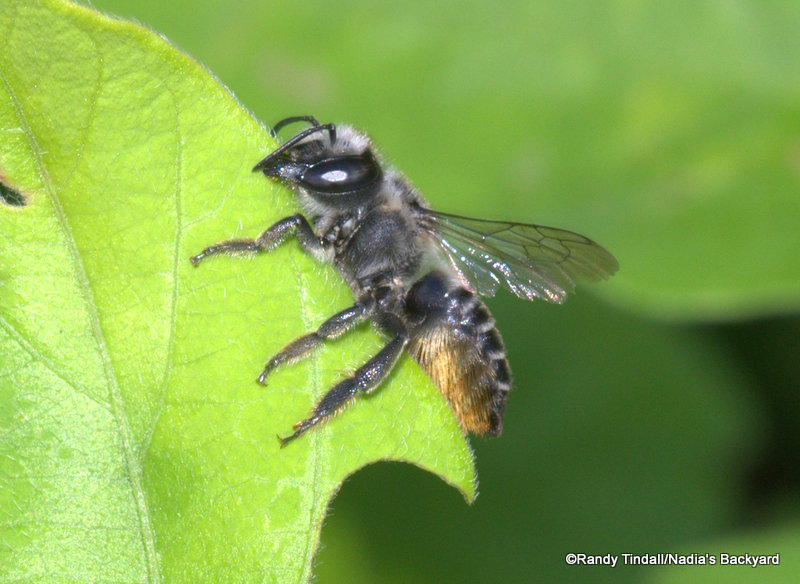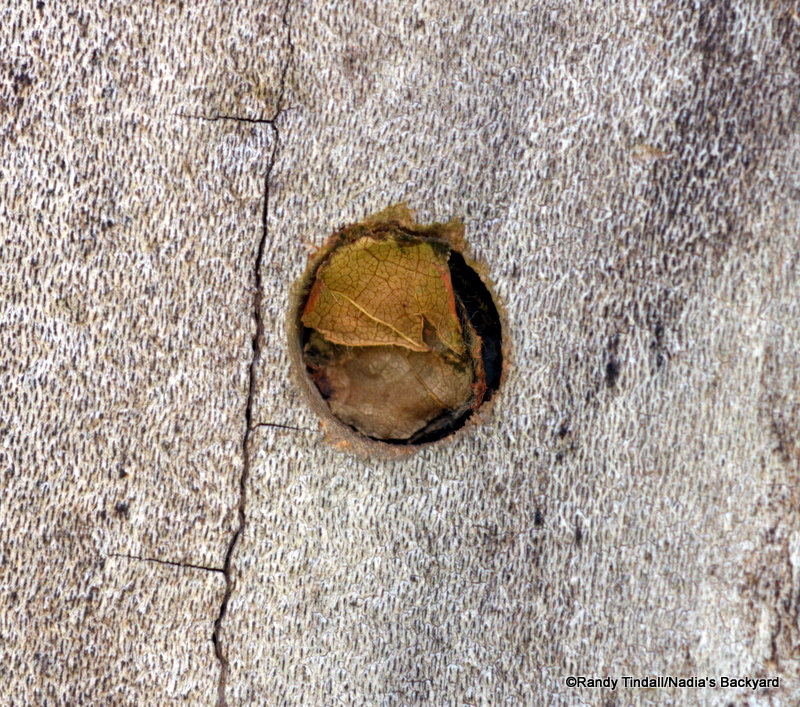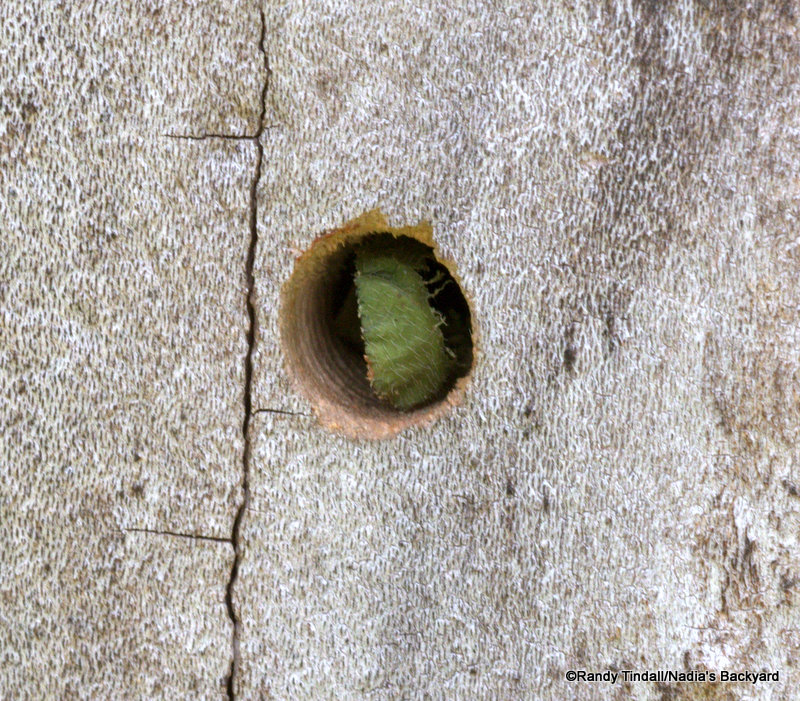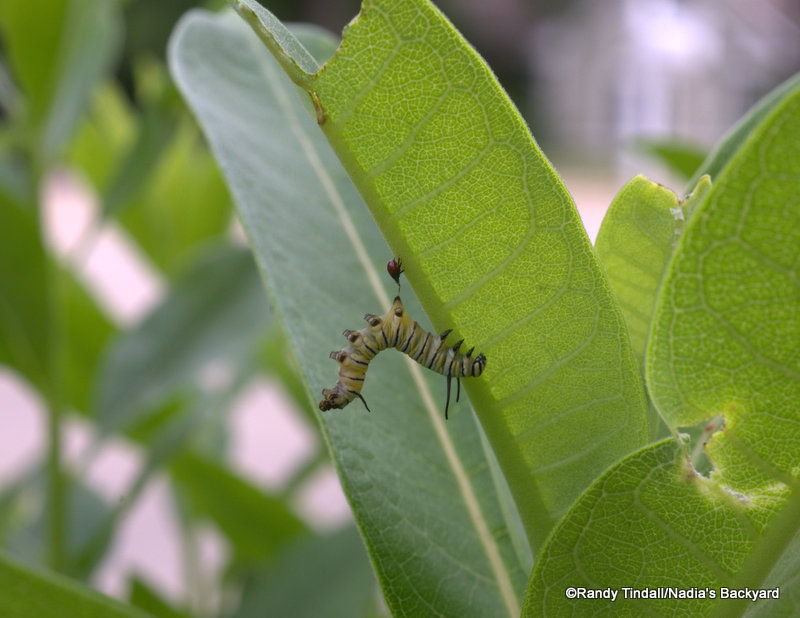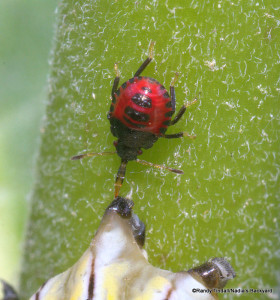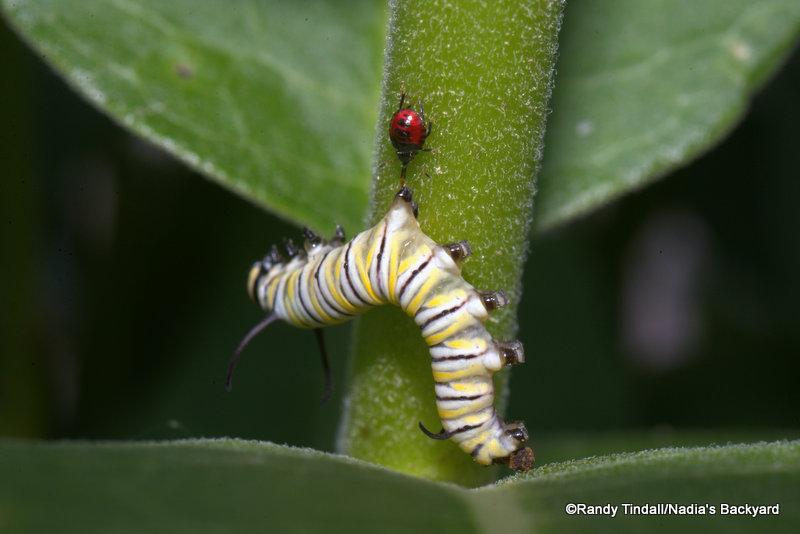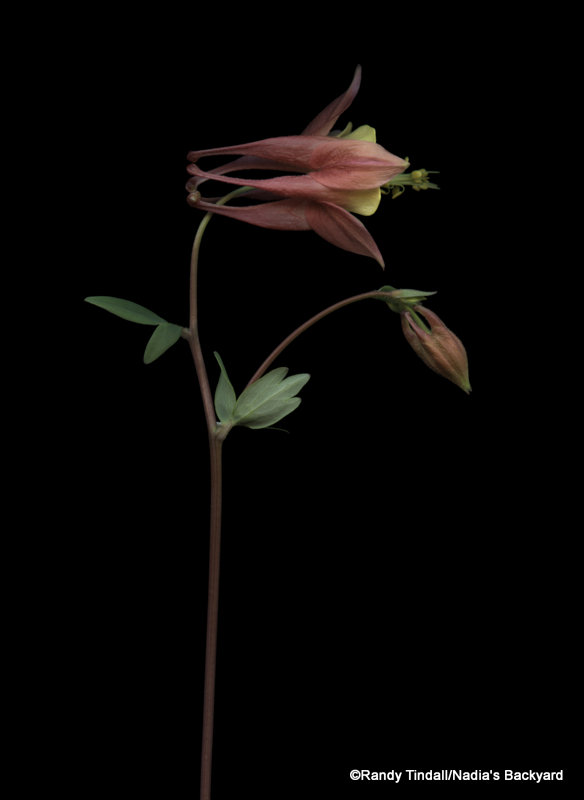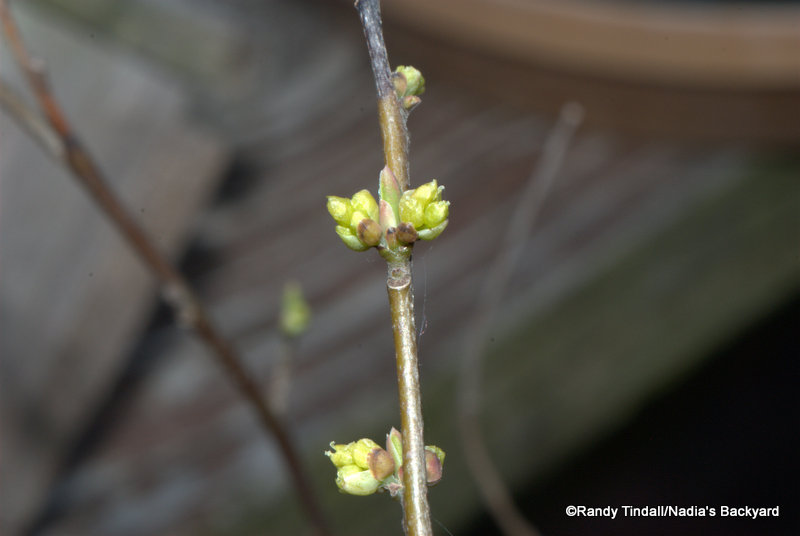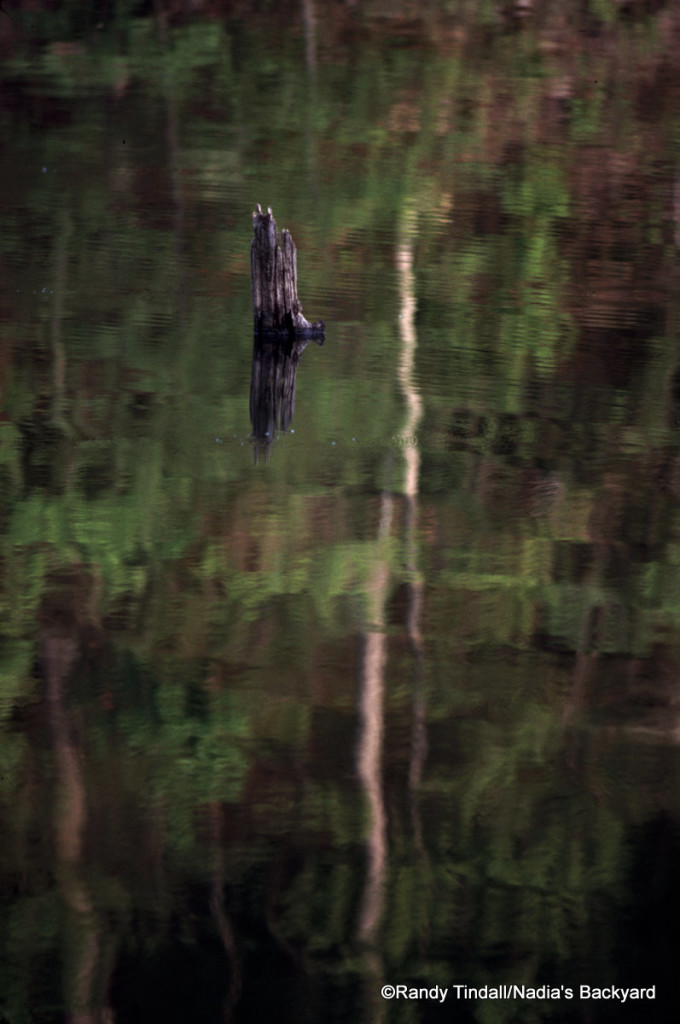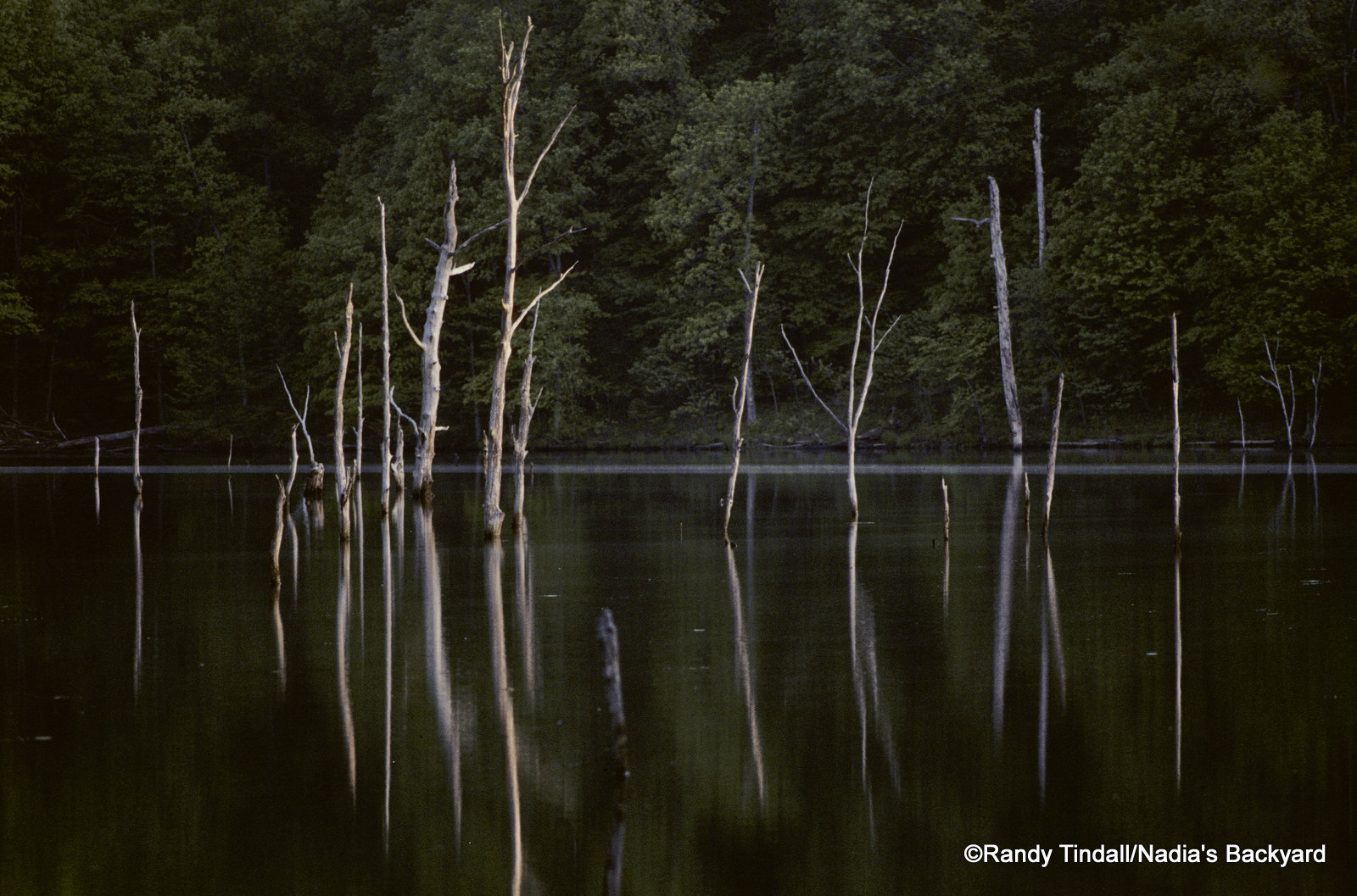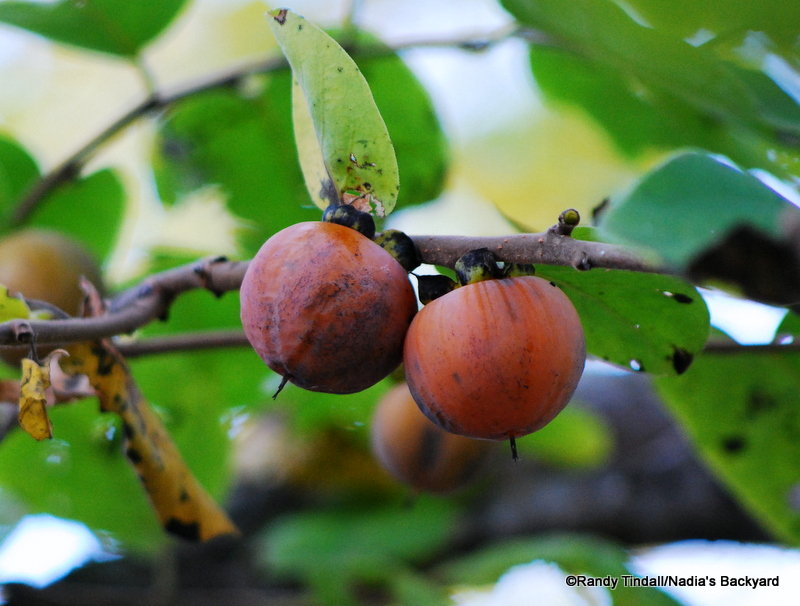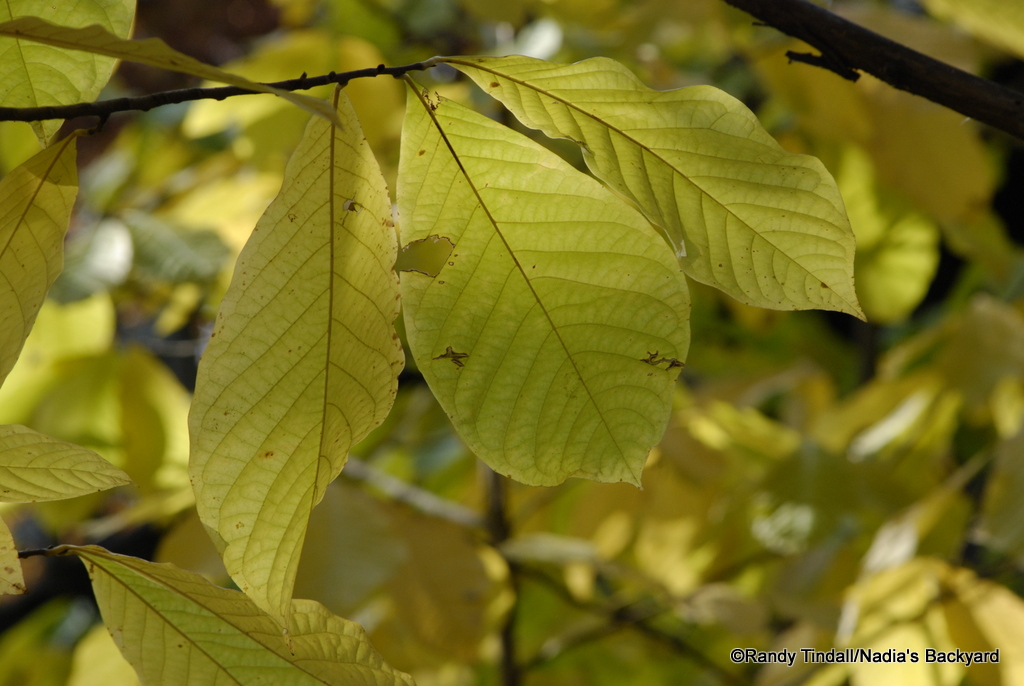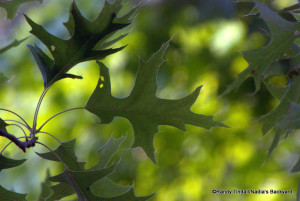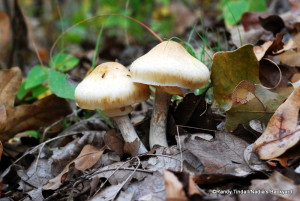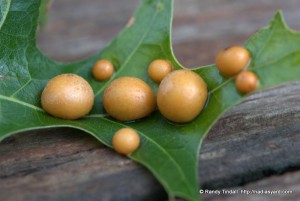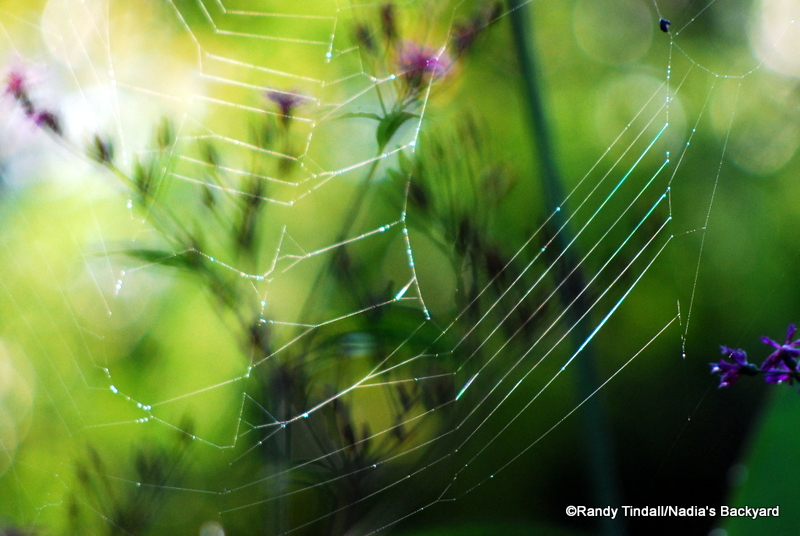One of the joys of yard-watching in our urban wilderness is that you never know what you might find and where curiosity might take you. One fine summer day as I patrolled our domain, camera in hand, I came across this:
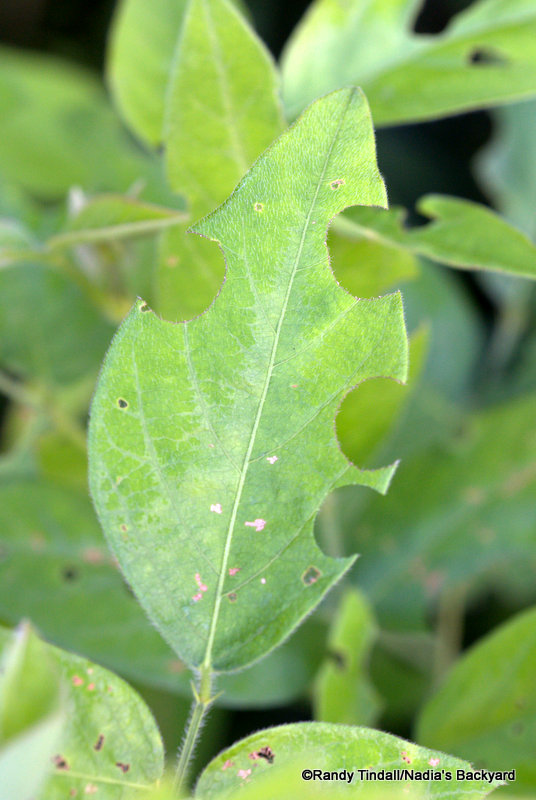 Followed shortly by finding the little cut-up that was responsible:
Followed shortly by finding the little cut-up that was responsible:
And so, I was witnessing my first ever leaf-cutter bee at work, busily cutting disks of Desmodium and rushing them off to I knew not where. Now these are gentlebees and not excitable, so I was able to photograph several sequences of disk cutting at very close range while being politely ignored.
(The bee was later identified as Megachile mendica with the kind assistance of Mike Arduser, naturalist with the Missouri Dept. of Conservation, with later confirmation from Dr. John Ascher on the invaluable site BugGuide. And you thought a Megachile was a giant jalapeno…)
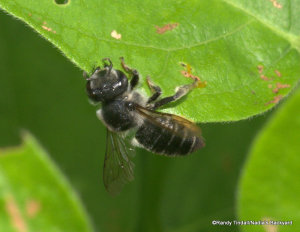
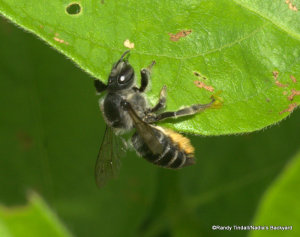
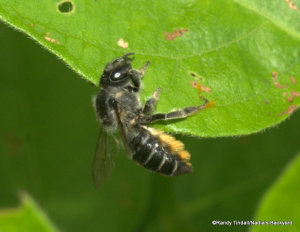
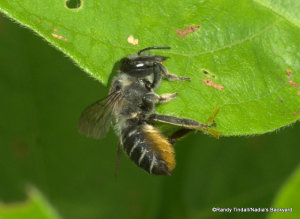
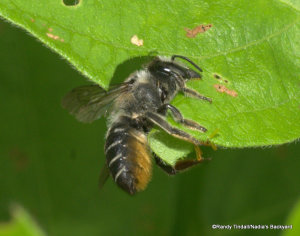
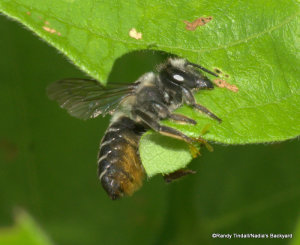
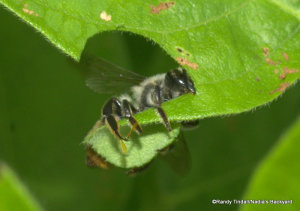 The speed of the work was surprising, with the bee cutting a complete disk in about 5-10 seconds, then flying off with it firmly grasped in its feet. I’m sure that takes practice, but this bee had it down cold. Where it was going was a mystery for a while, because it didn’t tarry for questions.
The speed of the work was surprising, with the bee cutting a complete disk in about 5-10 seconds, then flying off with it firmly grasped in its feet. I’m sure that takes practice, but this bee had it down cold. Where it was going was a mystery for a while, because it didn’t tarry for questions.
It wasn’t until later that we noticed that some holes we had drilled in a dead snag standing in our backyard were finally being used:
And, finally, success!
Now this is good news, because native bees like our Megachile are becoming increasingly important as honeybees continue to decline. Leaf-cutter bees are efficient pollinators, with up to 242 species known in North America and, according to Mike Arduser (personal communication), 27 reported from Missouri. We’ll take all the help we can get.
From the images above, it’s obvious how these bees got their nickname. They cut and use these little leaf (and flower petal) plugs to fold into cells that get stuffed into suitable cavities in wood, plant stems or even in the ground. Then they are provisioned with a mixture of pollen, flower nectar and mom’s patented antifungal/antibacterial saliva, followed by the laying of an egg in each cell. These cells are often in rows, forming structures that look something like a hand-rolled cigar.

Public domain image from Lydekker, R. 1879 The Royal Natural History. Volume 6. Frederick Warne and Co. (from www.archive.org
Some people consider these bees to be pests, since they “disfigure” foliage in their landscapes, but we encourage them, along with all other native bees, by providing nesting habitat and lots of nectar and pollen sources for them. You can, too, by planting a variety of nativeplants to keep blooms going all season long, providing a supply of suitable stems for bees to bore into and lay eggs, making nesting boxes for them and/or drilling holes in suitable stumps and snags, and by leaving patches of bare soil for the ground-nesting bees (spare the mulch, save the bees!).
The holes I drilled in our dead maple used by our leaf-cutter were about a quarter-inch in diameter, but we had a selection of sizes available. (Larger ones were used by another bee—see our next post, coming soon.) For plant stems, we simply leave plants such as cup plant and other large-stemmed natives standing after they die and clean them up the following spring after (we hope) the larvae have hatched out. This also provides winter cover for other wildlife that it just won’t find in a golf-course yard.
Dead trees, dry, bare ground and brittle plant stems poking up through the snow may not fit everyone’s idea of a beautiful yard, especially in the city. But nearly fifteen years of observing our little patch of Columbia have taught us that all these fit into the larger matrix of how life works around here, with very real connections to other places and times. We’ll never figure it all out, but the web reveals its connecting strands a little at a time. We’ll follow a couple of these threads a little farther in the next post.
Stay tuned!

